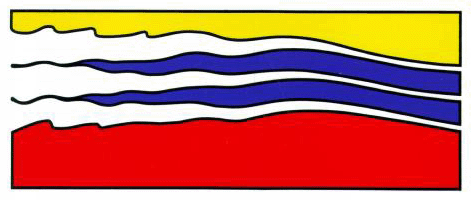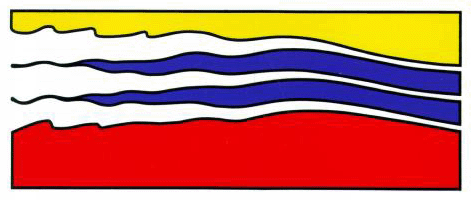
4111 Monarch Way, 3rd Floor
Old Dominion University
Norfolk, VA 23508
757-683-4940


Our collaboration in a large-scale and ongoing study conducted
by the National Institute of Oceanography, Goa, India from 2003 onwards
has documented for the first time ever the appearance of extensive
blooms of the large dinoflagellate, Noctiluca miliaris Suriray in
late winter and early spring for several consecutive years. Thick,
surface blooms of N. miliaris Suriray (synonym Noctiluca
scintillans Macartney), have begun to appear with increased
frequency and intensity in February-March following the Northeast winter
monsoon replacing the conventional diatoms blooms seen during the JGOFS
in the early 1990s and the International Indian Ocean Expeditions of
1959-1965. The extraordinary intensity of these blooms and their
unprecedented persistent, annual appearance requires that we begin to
question their implications for the ocean carbon cycle and to possible
changing phytoplankton diversity associated with climate change in this
region.
This presentation showcases the extraordinary bio-optical and
eco-physiological characteristics of these blooms from studies conducted on
recent cruises in the region. Microscopic phytoplankton cell counts show
that 80% of satellite-derived Chl a in the February-March ocean color
images was from N. miliaris blooms. Bio-optical data suggest that
the unique characteristics of N. miliaris, i.e., its large size, its
distinct pgment and spectral absorption characteristics make it a promising
organism for detection from remotely-sensed water-leaving reflectance while
eco-physiological experiments point to the unique conditions that promote
the growth of N. miliaris over and above other phytoplankton as well
as the interaction of this organism with other components of the food chain.
Dr. Gomes received a B.Sc. in Chemistry, a M.Sc. in Microbiology, and a Ph.D. in Oceanography, all from Bombay University in India. She was a research scientist at Bigelow Laboratories for Ocean Sciences for about 10 years and recently took a position as a research scientist at the Lamont-Doherty Earth Observatory at Columbia University. Her research interests include using bio-optics and satellite data to study the effects of climate change on the oceans' biodiversity, especially the changing biodiversity of the Indian Ocean; developing satellite-based methods to measure ocean productivity from space; and investigating the consequences of enhanced ultraviolet (UV) radiation on photosynthetic biochemistry in marine ecosystems.

|
Innovation Research Park Building I 4111 Monarch Way, 3rd Floor Old Dominion University Norfolk, VA 23508 757-683-4940 |

|